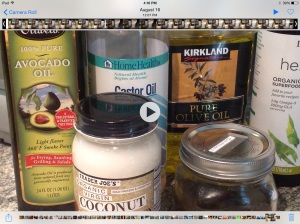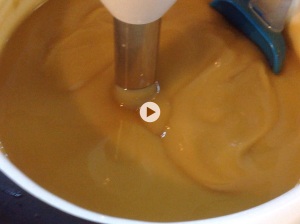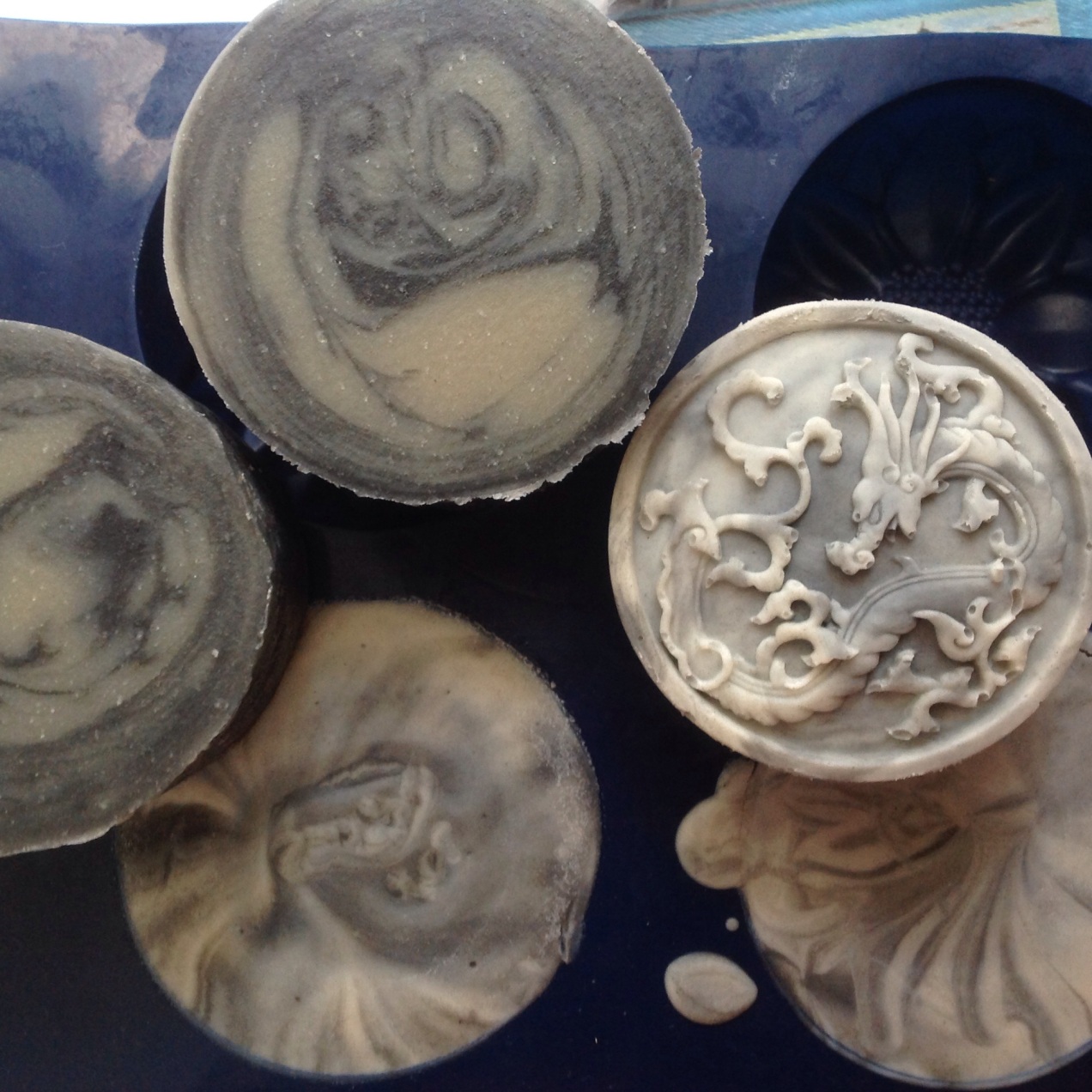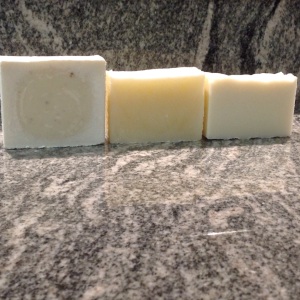I know I can only tout that my soap will get you clean, but the ingredients incorporated into this soap are very medicinal! Let me break it down for you.
The recipe is as follows: 45% olive, 25% coconut, 30% palm oil, 5% lye discount. After running through a lye calculator, the water requirement for a 32 ounce batch was 10.56 ounces. I used just enough rainwater to make a strong lye solution, the rest I would add as silver after mixing oils and lye solution. My oils/lye temperature was 97 degrees Fahrenheit.
The silver I used was not colloidal nor nano (way too expensive), but rather ionized silver electronically combined in fulvic acid. This combination enhances tissue bioavailability, so says the literature. Silver is an incredible antimicrobial. Hippocrates wrote about the healing properties of this wonderful metal.
I used Red Palm Oil for its healing powers. It was so valued as a healing oil that Pharaohs were entombed with it. Literature today tells us that this oil has all the components of vitamin E, essential fatty acids, vitamin A, carotenes, which makes it yellow, and so many other nutrients that you can explore on the Net. With all that Red Palm Oil has to offer, it’s little wonder that it’s an antioxidant.
Rose Geranium was added, not for its fragrance, which is quite pleasant, but because it actually helps the skin. As an astringent it detoxifies and regenerates and has been used to treat eczema, broken skin capillaries and dermatitis.
Both olive and coconut oil have healing properties as well but they make up the base oil of most soaps.
It was a relative easy soap to make and went to trace quickly after adding the Rose Geranium oil. After drying, we’ll see if it “cleans” as well as any other bar of soap. 😀






















